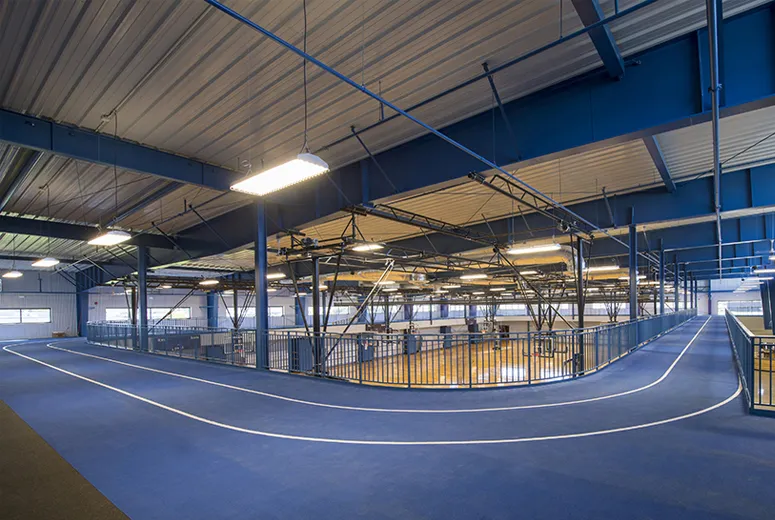- Afrikaans
- Albanian
- Amharic
- Arabic
- Armenian
- Azerbaijani
- Basque
- Belarusian
- Bengali
- Bosnian
- Bulgarian
- Catalan
- Cebuano
- Corsican
- Croatian
- Czech
- Danish
- Dutch
- English
- Esperanto
- Estonian
- Finnish
- French
- Frisian
- Galician
- Georgian
- German
- Greek
- Gujarati
- Haitian Creole
- hausa
- hawaiian
- Hebrew
- Hindi
- Miao
- Hungarian
- Icelandic
- igbo
- Indonesian
- irish
- Italian
- Japanese
- Javanese
- Kannada
- kazakh
- Khmer
- Rwandese
- Korean
- Kurdish
- Kyrgyz
- Lao
- Latin
- Latvian
- Lithuanian
- Luxembourgish
- Macedonian
- Malgashi
- Malay
- Malayalam
- Maltese
- Maori
- Marathi
- Mongolian
- Myanmar
- Nepali
- Norwegian
- Norwegian
- Occitan
- Pashto
- Persian
- Polish
- Portuguese
- Punjabi
- Romanian
- Russian
- Samoan
- Scottish Gaelic
- Serbian
- Sesotho
- Shona
- Sindhi
- Sinhala
- Slovak
- Slovenian
- Somali
- Spanish
- Sundanese
- Swahili
- Swedish
- Tagalog
- Tajik
- Tamil
- Tatar
- Telugu
- Thai
- Turkish
- Turkmen
- Ukrainian
- Urdu
- Uighur
- Uzbek
- Vietnamese
- Welsh
- Bantu
- Yiddish
- Yoruba
- Zulu
dec . 12, 2024 11:23 Back to list
Factory Building Design Key Considerations and Best Practices
The design of factory buildings plays a crucial role in the efficiency, productivity, and safety of manufacturing operations. As industries continually evolve with advancements in technology and shifts in market demands, the importance of thoughtful factory design becomes increasingly evident. This article explores the critical aspects of factory building design, highlighting best practices that can lead to successful manufacturing environments.
Understanding the Purpose and Functionality
The primary goal of factory building design is to facilitate the manufacturing process. This begins with a clear understanding of the production workflow, which involves analyzing how materials and products will move through the facility. Each factor, from raw material storage to the assembly line layout, must be carefully planned to minimize transportation time and maximize efficiency.
Moreover, the design should be adaptable to accommodate future changes in production methods or technological advancements. Flexibility in design allows manufacturers to pivot easily in response to market shifts without incurring significant costs or operational disruptions.
Space Utilization and Layout
Space utilization is another critical consideration in factory building design
. Efficient use of space can lead to improved operational flow and reduced congestion. A well-thought-out layout should include distinct zones for various operations, such as production, packaging, and storage, with clear pathways for materials and personnel.Implementing lean manufacturing principles can significantly enhance space utilization. Lean design focuses on eliminating waste and ensuring that every square foot of the factory contributes to the overall production process. This can involve the strategic placement of machinery and workstations, ensuring that workers can easily access tools and materials necessary for their tasks.
Safety and Compliance
Safety is paramount in factory design. The layout should not only ensure smooth workflows but also prioritize the health and safety of employees. This can involve incorporating wide aisles, emergency exits, and proper signage to guide workers in case of emergencies. The materials used in construction should also be chosen with safety in mind, focusing on non-toxic and fire-resistant options wherever possible.
factory building design

In addition to employee safety, factory designs must comply with local building codes and regulations, which vary widely by location. Engaging with regulatory bodies early in the design process can prevent costly modifications and delays later on. Having a comprehensive understanding of these requirements ensures that the factory operates within legal boundaries and avoids potential liabilities.
Sustainability in Design
Sustainability has risen to the forefront of factory building design, driven by both regulatory pressures and corporate social responsibility. Designers are increasingly incorporating sustainable practices to reduce their environmental impact and improve energy efficiency. This can include using renewable energy sources, installing energy-efficient lighting, and incorporating green building materials.
Designers can also implement systems for water conservation and waste management, further enhancing the sustainability of the facility. Factories that prioritize eco-friendly designs not only contribute positively to the environment but can also appeal to customers and investors who prioritize sustainability.
Technology Integration
The integration of advanced technology in factory design has revolutionized manufacturing processes. Smart factories, equipped with sensors and automation, enhance productivity and reduce the likelihood of human error. Incorporating technologies such as the Internet of Things (IoT) allows for better monitoring of equipment and inventory, leading to more informed decision-making.
Moreover, the design should account for the necessary infrastructure to support these technologies, including adequate power supply, network connectivity, and data management systems. As Industry 4.0 continues to develop, the ability to adapt factory designs to incorporate new technologies will be a critical success factor.
Conclusion
Effective factory building design is an intricate balance of functionality, sustainability, safety, and technology. As manufacturers strive to enhance efficiency and meet evolving market demands, prioritizing thoughtful design will be essential. By considering workflow, space utilization, safety protocols, sustainable practices, and technology integration, companies can create manufacturing environments that are not only effective but also resilient and future-ready. Investing time and resources into factory design ultimately pays off in enhanced productivity, reduced waste, and a safer working environment, paving the way for long-term success in the competitive landscape of manufacturing.
-
Cold Formed Steel Residential Framing
NewsMay.21,2025
-
Innovative Steel Structure Building Solutions
NewsMay.19,2025
-
Innovative Prefab Metal Shed Solutions
NewsMay.19,2025
-
Durable Steel Horse Shelter Solutions
NewsMay.19,2025
-
Durable Metal Shed Solutions
NewsMay.19,2025
-
Durable Big Metal Shed Solutions
NewsMay.19,2025
Products categories
Our Latest News
We have a professional design team and an excellent production and construction team.












